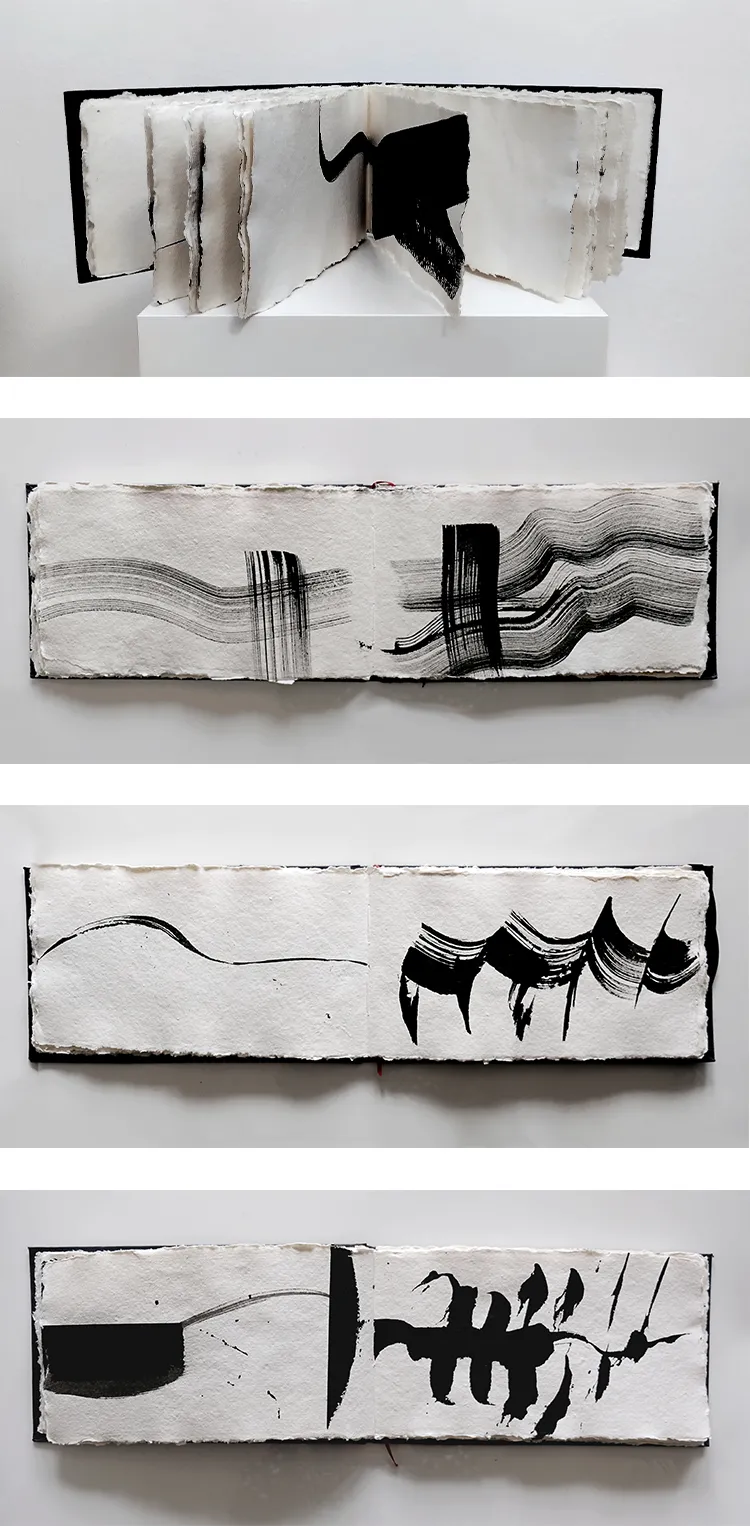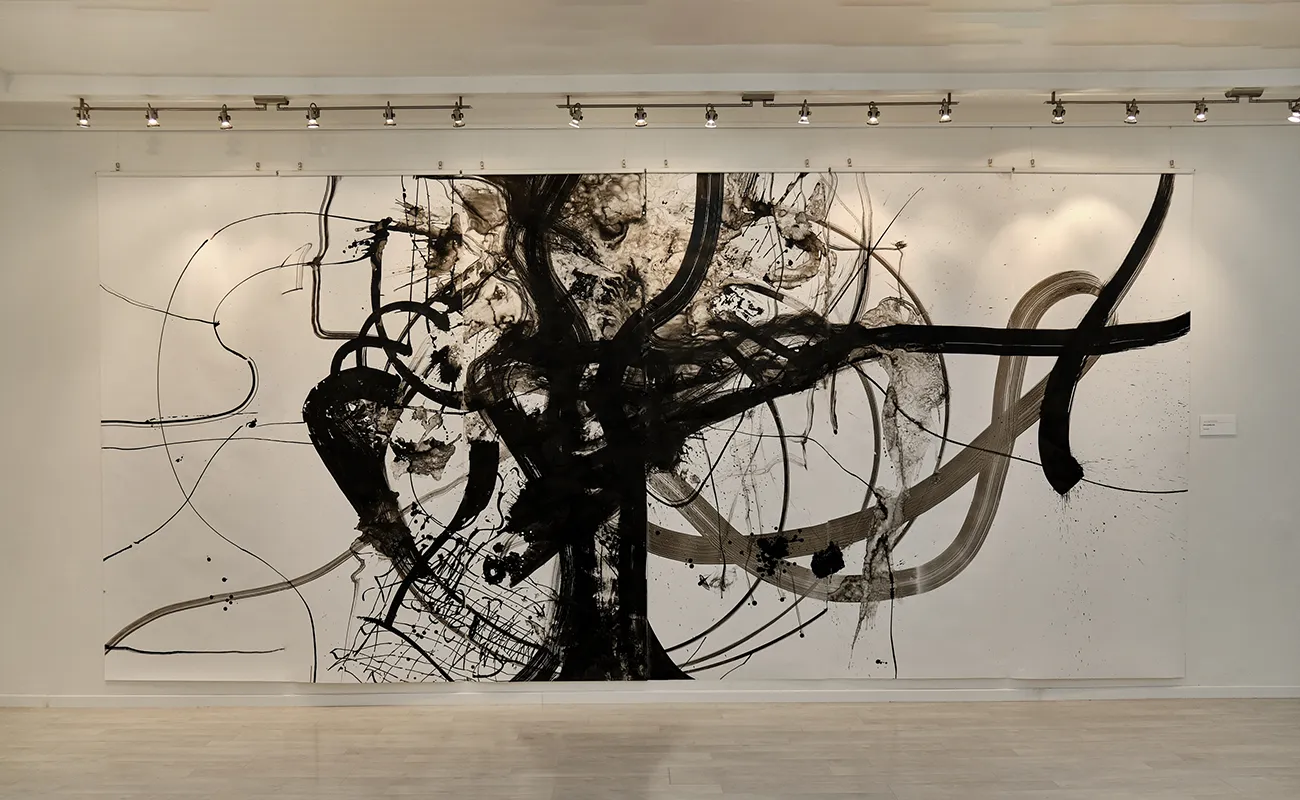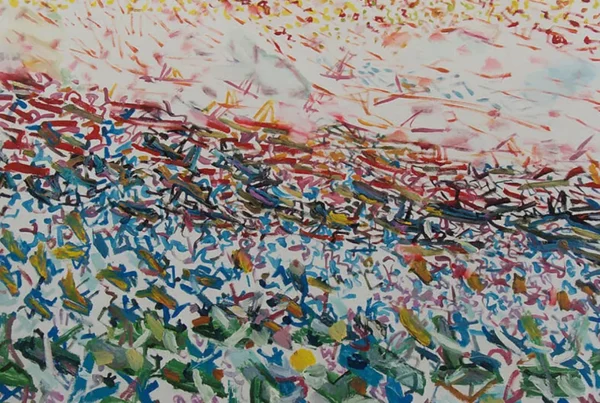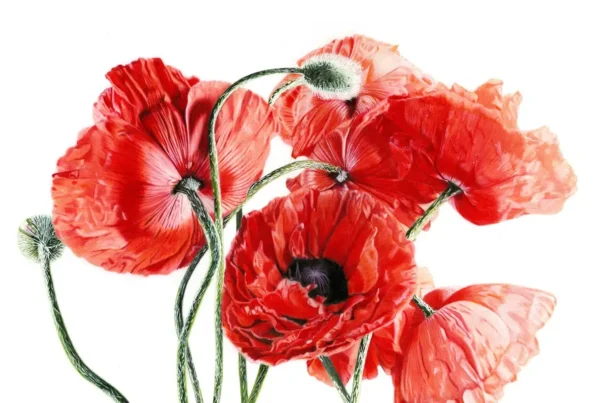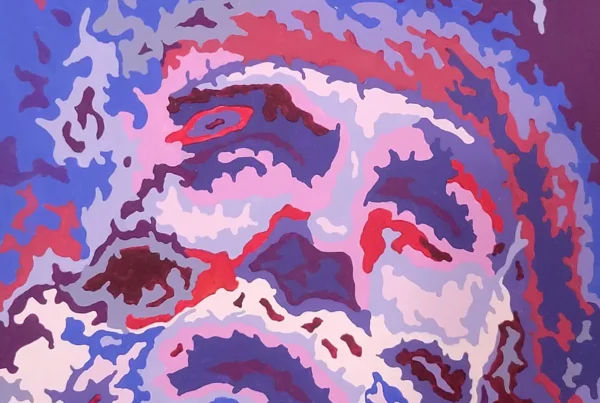“Silence is a necessity. It is the key to allowing one’s spirit to breathe. Solitude brings my mind and body together.”
Ivana Gagić Kičinbači: An Artistic Journey Rooted in Transcendence
Ivana Gagić Kičinbači is an acclaimed Croatian artist whose unique approach to drawing has earned her significant recognition in the international art world. Her extensive academic background and professional endeavors have deeply shaped her work. With a PhD in art from the University of Mostar, she teaches at the University of Zagreb’s Faculty of Teacher Education while actively pursuing her creative passions. Gagić Kičinbači’s doctoral thesis, “Drawing in Contemporary Art as a Medium for Expressing the Transcendent,” showcases her profound philosophical approach to art, which seeks to bridge the spiritual and the material. Her educational journey has spanned multiple prestigious institutions, from completing her master’s degree in graphic arts at the University of Zagreb to her postgraduate studies at the Academy of Fine Arts and Design in Ljubljana.
Her accolades are numerous, demonstrating the global appeal of her work. In 2024, Contemporary Art Collectors honored her with the Global Art Virtuoso: Elite Artistic Career Achievement Award, recognizing her artistic achievements on a worldwide scale. Prior to this, she had received several prestigious awards, including the International Leonardo da Vinci Prize and the Contemporary Art Collectors Harmony for Humanity Prize in 2023. Through solo and group exhibitions across Europe, the United States, the UAE, and Japan, Gagić Kičinbači has built a diverse and impressive portfolio, further enriching her standing as a leading contemporary artist.
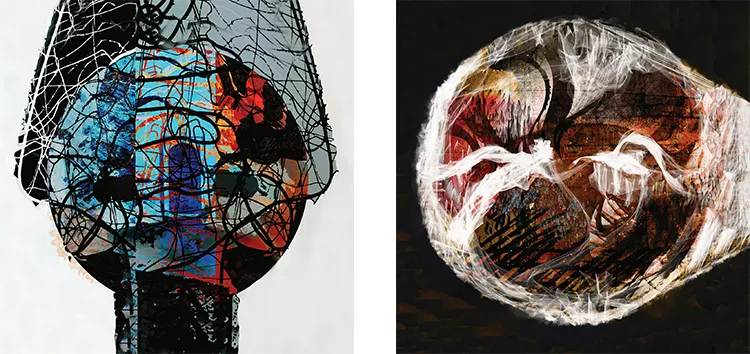
Ivana Gagić Kičinbači: Art as a Search for Inner Freedom
At the core of Ivana Gagić Kičinbači’s work lies a profound exploration of reality, with a deep emphasis on spiritual and physical experiences. Her art is more than a reflection of the world around her; it is a process of seeking knowledge and understanding, driven by intuition. She often portrays the duality of existence—the interplay between body and soul, material and spiritual, and the complexities of time and space. Through her intricate drawings, Gagić Kičinbači attempts to navigate the struggle for inner freedom in an increasingly fragmented world, demonstrating how art can transcend the boundaries of visual language.
One of the most captivating aspects of her work is her ability to integrate the idea of transcendence into her creative process. She believes that through artistic exploration, artists have the power to unveil the unseen, transforming the material world into a medium that reveals the spiritual. In this sense, her work is not merely a visual experience but an invitation to explore deeper philosophical questions. Gagić Kičinbači’s exploration of these themes resonates in her belief that art has the potential to open one’s mind and heart, providing a pathway to discover what lies beyond the material.
Her deep spiritual connection to her creative practice is evident in the methods she employs in her workspace. Silence plays a pivotal role in her ability to focus and channel her artistic energies. Gagić Kičinbači views her studio as a sacred space where solitude allows her to bridge the mind and body. Her creative process often becomes a form of artistic asceticism—a way to discipline herself and maintain a focused, introspective mindset. The silence she treasures is translated into the visual language of her works, particularly in her nuanced use of color—or lack thereof. She often uses shades of white, gray, and black to evoke a contemplative mood, manipulating light and shadow to create a powerful narrative in her pieces.

The Power of Drawing: Ivana Gagić Kičinbači’s Medium of Choice
For Ivana Gagić Kičinbači, drawing is more than a technique; it is a philosophical tool that brings forth the unseen elements of human existence. She explains how drawing has the capacity to animate the stillness of white paper, transforming it into a canvas for transcendental experiences. Her work in various mediums—from installation and painting to printmaking and sculpture—always returns to drawing as her most natural mode of expression. The process of drawing allows her to capture the delicate interplay between mind, body, and soul, revealing her inner thoughts and emotions with each stroke. Her approach is not one of perfection but of authenticity, as she seeks to leave behind traces of the unconscious mind.
Her work, View from Above, marks a pivotal point in her artistic career. Created in 2019, this digital print on canvas represents a fusion of her drawing, painting, and printmaking practices, as well as her exploration of new digital tools. This piece signifies her breakthrough in blending traditional techniques with digital mediums, allowing for a more fluid and dynamic creative process. By integrating technology into her art, Gagić Kičinbači discovered new ways to navigate between different layers of her work, moving seamlessly back and forth as she makes decisions and revisions.
The piece encapsulates her ability to bring together the physical and the metaphysical, a recurring theme in her body of work. With View from Above, Gagić Kičinbači demonstrates her mastery of merging digital and manual processes, creating an artwork that not only transcends the limitations of medium but also expresses her continued pursuit of capturing the intangible elements of reality.
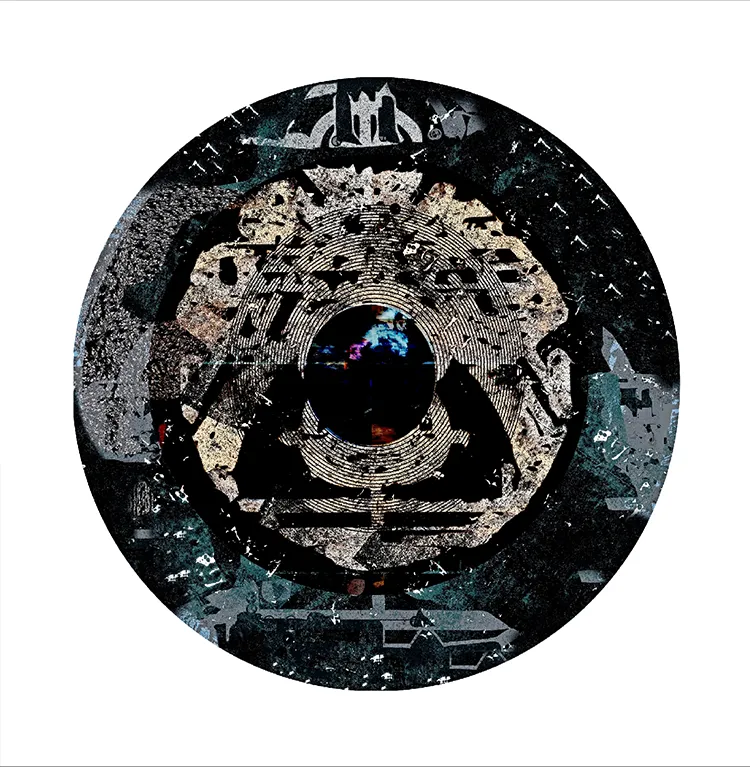
Ivana Gagić Kičinbači: Inspirations and Collaborations
In her artistic journey, Ivana Gagić Kičinbači draws inspiration from a wide array of disciplines and figures, ranging from philosophers and writers to architects and fellow artists. Her work is deeply influenced by the writings of Jon Fosse, Jacques Maritain, and Thomas Merton, whose contemplative reflections on existence resonate with her own artistic philosophy. She also admires the research of Croatian physicist Vladimir Paar and is influenced by the architectural clarity of Juhani Pallasmaa and John Pawson, whose work focuses on the relationships between space, light, and human perception.
In the realm of visual arts, Gagić Kičinbači finds kinship with Croatian artists like Julije Knifer, whose work reflects a similar commitment to transcendent artistic expression. Her appreciation for the works of Antoni Tàpies and Eduardo Chillida further emphasizes her interest in artists who explore the abstract and the metaphysical. The legacy of the New York School, particularly artists like Robert Motherwell and Barnett Newman, has also left a lasting impact on her practice, further cementing her place within the broader spectrum of modern and contemporary art.
Collaborating with other artists is a source of inspiration for Gagić Kičinbači. Her creative exchanges with sculptor Hana Lukas Midžić and conversations with fellow artists like Ellis Learbuch serve as a wellspring of ideas, pushing her to explore new dimensions within her own work. Despite her strong individualistic approach to art, Gagić Kičinbači thrives on the shared creative energy found in collaborative efforts, always seeking ways to merge her vision with the insights of others.
